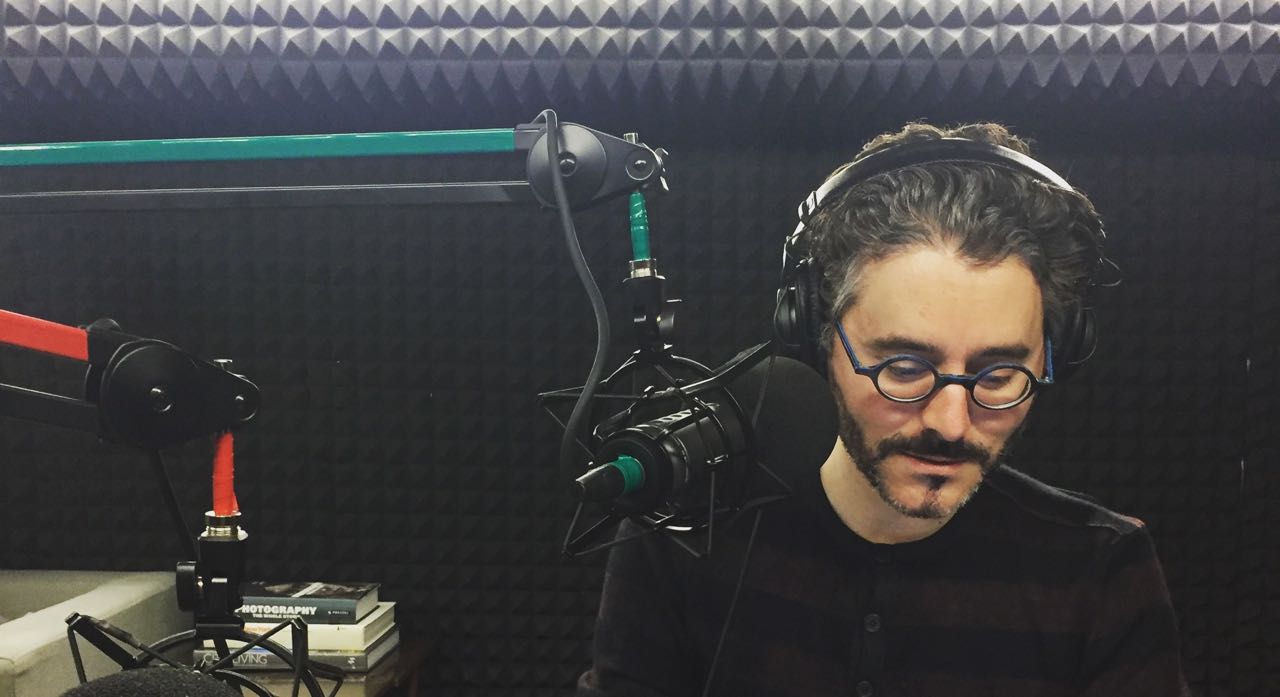It was kind of an accident.
When Lisa Tobin arrived at The New York Times nearly seven months ago, she had a broad mission: Figure out what the newspaper was supposed to sound like.
“I expected that we would come in and spend several months figuring that out and then starting to finalize strategy and figure out what our first-round programming would be,” Tobin said.
That’s pretty much the opposite of what happened. In June, as the election was surging toward its conclusion, Tobin teamed up with political reporter Michael Barbaro to create The Run-Up, a podcast about the final days of the campaign. By February, she’d recruited a team of producers — including RadioLab’s Andy Mills and Theo Balcomb from NPR’s “All Things Considered” — to launch a new podcast, “The Daily.”
“You wouldn’t think to bring those…people together to make a daily news show, and that’s why I think it might sound like something you haven’t heard before,” said Tobin, who leads the team with Editorial Director for Audio Samantha Henig.
That new podcast, which serves up a daily blend of reporting and headlines with a narrative twist, has been a hit. On April 14, less than three months after its February debut, The Daily had been downloaded and streamed a combined 20 million times. It’s rocketed into the iTunes stratosphere alongside competitors including “Up and Vanished,” “Stuff You Should Know” and “The Bernie Sanders Show.”
Related Training: Audience Growth and Digital Content Strategies
The secret to the podcast’s success is twofold, Tobin said. Because The Daily is produced within The New York Times, with its global newsroom of more than 1,000 journalists, producers have an inside track on which stories will dominate the next day’s conversation. Because the team is comprised of outsiders — producers from public radio and podcasts, mostly — it’s had the benefit of a newcomer’s perspective and the freedom to operate as a startup within a much larger organization.
“We realized fairly quickly with that show that we could draw on The New York Times newsroom, which is an incredibly powerful journalistic engine,” Tobin said. “And that seems somewhat obvious, but tapping in that with audio, it became clear that one of the main distinctions of The New York Times is that newsroom and its journalists.”
The format of The Daily, which is published weekday mornings, is fairly simple. There’s usually one or two deeply reported, contextual stories du jour, guided by host Barbaro and an expert guest from The New York Times newsroom. One recent episode featured White House reporters Maggie Haberman and Glenn Thrush, who explained what it’s like to interview President Trump. Then, before the episode’s close, Barbaro gives listeners a few important headlines to watch as the day progresses.
The show is also relatively brief (20 minutes), a deliberate decision, Tobin said. “A significant proportion” of listeners consume the podcast in the morning, and the producers wanted the daily listen to “fit in your lifestyle every morning.”
The format of the show is pretty simple, but putting it together requires a lot of work. The Daily has four producers on its core team, and they’re looking to add three more in the coming months. It’s managed to pull in some advertising (BMW was a launch sponsor) to help defray that cost.
But there’s competition on the horizon. NPR recently launched Up First, a bite-sized, podcast version of “Morning Edition” that’s currently sitting at No. 2 on the iTunes charts. And The Outline recently launched World Dispatch, a primer the site’s primary beats: power, culture and the future.
But The Times isn’t standing still, either. In addition to The Daily, Tobin says the Times is planning to launch “a number of narrative series” over the next year and a couple of conversational shows.
“It’s a good thing we’re staffing the show up,” Tobin said. “Like I said, we piloted the show before we knew what it was going to be. We didn’t know we would end up with a show that was this ambitious.”
Correction: A previous version of this story said The Daily has reached 20 million “listeners.”






